Silver Spot Price
What is the spot price of silver?
When people refer to the silver spot price or the spot price of any metal for that matter, they are referring to the price at which the metal may be exchanged and delivered upon now. In other words, the spot price is the price at which silver is currently trading. Spot prices are often referred to in the silver and gold markets, as well as crude oil and other commodities. Price is in a constant state of discovery and is watched by banks, financial institutions, dealers and retail investors.
All of the products on our website are priced based on a premium to spot price, and therefore you will notice that prices update every few seconds during market hours. This allows customers to invest based on the most up to date market conditions possible.
Silver as an investment
Since the beginning of the 21st Century, silver prices have increased overall, catching the attention of many investors. Many people look to precious metals, such as silver, to help protect themselves against the ongoing devaluation of the U.S. dollar (or other fiat currencies) and volatility in the stock market. Other investors, sometimes referred to as “preppers,” believe silver will play a key role in bartering and trade in the event of an economic collapse.
Silver is available for investment in many different forms, including paper silver and silver bullion. Physical silver bullion is most commonly found in coin, round and bar form with several size options for each. Some investors enjoy owning government-minted coins while others prefer paying lower premiums for bullion bars and rounds. In any case, there are a vast amount of options available in terms of this investment vehicle.
Aside from bullion, “paper silver” is also available in the form of ETFs and certificates. These options are different from physical silver bullion in the sense that the owner never actually gets to hold the silver in their hands. A silver ETF or certificate is basically a piece of paper that says a bank or financial institution is holding a specified amount of silver for you without you ever seeing that silver.


